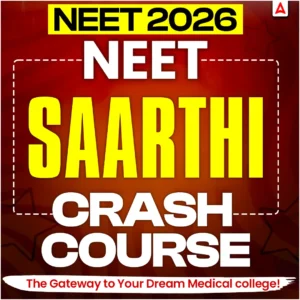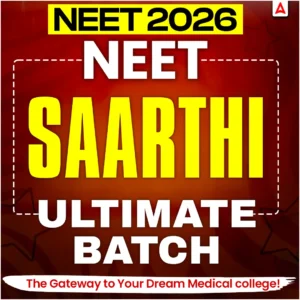The National Eligibility cum Entrance Test is to be conducted by the National Testing Agency at various examination centers in May 2026. All the aspirants need to study and prepare all the important topics mentioned in the NEET Syllabus 2026. The NEET Chemistry Syllabus 2026 contains Biomolecules and Practical Organic Chemistry as one of the important chapters, which require aspirants to study all the important topics as mentioned in the article below. Scroll down in the article to check and access the Biomolecules and Practical Organic Chemistry NEET Notes along with the important questions to complete exam preparations.
Biomolecules and Practical Organic Chemistry
Biomolecules are large organic molecules essential for life, produced by living organisms. The four main types are carbohydrates, lipids, proteins, and nucleic acids. These molecules are crucial for the structure, function, and processes of cells, including energy storage, genetic information, and catalysis.
Practical organic chemistry is the hands-on application of organic chemistry principles in a laboratory setting, focusing on performing reactions, isolating and purifying products, and identifying unknown compounds through various tests and techniques. It involves general laboratory operations, qualitative analysis for functional groups and elements, preparation of compounds, and determining molecular weight. A key aspect is mastering techniques like distillation and crystallization to separate and purify desired compounds from a reaction mixture.
Part 1: Biomolecules NEET Notes
1. Carbohydrates
Definition:
Carbohydrates are polyhydroxy aldehydes or ketones or compounds that yield these on hydrolysis.
Classification:
- Monosaccharides: Single sugar units (e.g., Glucose, Fructose)
- Disaccharides: Two monosaccharides joined by glycosidic bond (e.g., Sucrose, Maltose, Lactose)
- Polysaccharides: Long chains of monosaccharides (e.g., Starch, Cellulose, Glycogen)
Important Points:
- Glucose is an aldohexose and the most abundant monosaccharide.
- Fructose is a ketohexose found in fruits and honey.
- Sucrose = Glucose + Fructose, is a non-reducing sugar.
- Starch and cellulose are polymers of glucose.
2. Proteins
Definition:
Proteins are polymers of amino acids linked by peptide bonds.
Structure Levels:
- Primary: Linear sequence of amino acids.
- Secondary: α-helix and β-pleated sheets.
- Tertiary: 3D folding due to hydrogen, disulfide, and ionic bonds.
- Quaternary: Association of multiple polypeptide chains.
Denaturation:
Loss of native structure due to heat or pH changes – destroys biological activity (e.g., cooking of eggs).
3. Amino Acids
- Contain both amino (–NH₂) and carboxylic (–COOH) groups.
- Exist as zwitterions at physiological pH.
- Classified as essential (e.g., lysine, valine) and non-essential (e.g., glycine, alanine).
4. Enzymes
Definition: Biological catalysts that speed up biochemical reactions.
Characteristics:
- Highly specific.
- Sensitive to temperature and pH.
- Follows Lock and Key model or Induced Fit model.
Examples:
- Amylase: Converts starch → maltose
- Lipase: Converts fats → fatty acids and glycerol
5. Nucleic Acids
Components:
- Pentose sugar (ribose/deoxyribose)
- Nitrogen base (A, T, G, C, U)
- Phosphate group
Types:
- DNA (Deoxyribonucleic acid): Double-stranded helix, stores genetic information.
- RNA (Ribonucleic acid): Single-stranded, involved in protein synthesis.
Base Pairing (Chargaff’s Rule):
A = T and G ≡ C in DNA (Hydrogen bonds).
6. Vitamins
Definition: Organic compounds required in small amounts for metabolism.
Classification:
- Fat-soluble: A, D, E, K
- Water-soluble: B-complex, C
Deficiency Diseases:
- Vitamin A → Night blindness
- Vitamin D → Rickets
- Vitamin C → Scurvy
Part 2: Practical Organic Chemistry NEET Notes
1. Detection of Elements in Organic Compounds
Organic compounds mainly contain C, H, N, S, halogens.
To detect these elements, the compound is fused with sodium metal to form soluble salts — Lassaigne’s Test.
Tests:
- Nitrogen: Prussian blue colour with FeSO₄ and FeCl₃ → presence of CN⁻
- Sulphur: Black ppt. with lead acetate → PbS formation
- Halogens: Coloured ppt. with AgNO₃ (AgCl → white, AgBr → pale yellow, AgI → yellow)
2. Detection of Functional Groups
- Alcohols: Esterification test (pleasant smell)
- Phenols: Ferric chloride test → violet colour
- Aldehydes: Schiff’s reagent test → pink colour
- Ketones: No reaction with Schiff’s reagent
- Carboxylic acids: Effervescence with NaHCO₃ → CO₂ evolved
- Amines: Carbylamine test → foul smell (for primary amines only)
3. Purification of Organic Compounds
Methods:
- Crystallization: Based on solubility differences.
- Distillation: For liquids with different boiling points.
- Sublimation: For volatile solids (e.g., camphor, naphthalene).
- Chromatography: Separation based on adsorption or partition.
4. Quantitative Analysis
- Carbon & Hydrogen: Combustion → CO₂ and H₂O measured.
- Nitrogen: Kjeldahl’s method.
- Halogens: Carius method.
NEET Important Questions – Biomolecules and Practical Organic Chemistry
Question 1. Why is sodium metal used in Lassaigne’s test?
Question 2. What is the test for halogens and its observation?
Question 3. Explain the carbylamine reaction with a balanced equation.
Question 4. Describe a test for carboxylic acid.
Question 5. Explain Chargaff’s rule of base pairing.
Question 6. What is the difference between crystallization and distillation?
Question 7. What are zwitterions? Give one example.
Question 8. What is the difference between DNA and RNA?
Question 9. How is nitrogen detected in an organic compound?
Question 10. What are reducing sugars? Give examples.
Question 11. What is the principle of chromatography?
Question 12. Explain the Carius method for halogen estimation.
Question 13. What are polysaccharides? Write their biological importance.
Question 14. What are nucleotides and nucleosides?
Question 15. What are coenzymes? Give examples.
Question 16. Distinguish between glucose and fructose.
Question 17. How can you differentiate between an aldehyde and a ketone?
Question 18. Write the chemical equations involved in the detection of sulphur.
Question 19. How can phenol be distinguished from alcohol?
Question 20. What is the function of FeSO₄ in Lassaigne’s test for nitrogen?
Question 21. What is the principle of Lassaigne’s test?
Question 22. Explain the mutarotation of glucose.
Question 23. What is a peptide bond?
Question 24. What are disaccharides? Give two examples.
Question 25. Differentiate between primary and secondary structure of proteins.
Question 26. Name three enzymes and their functions.
Question 27. Explain denaturation of proteins with an example.
Question 28. Write the composition and function of nucleic acids.
Question 29. What are fibrous and globular proteins?
Question 30. What are essential and non-essential amino acids?
Question 31. What is Kjeldahl’s method and its principle?
Question 32. What are enzymes? Explain the “lock and key” model.
Question 33. Name one disease caused by the deficiency of each vitamin A, D, E, K, and C.
Question 34. How is purity of organic compound checked after crystallization?
Question 35. What is the role of vitamin B₁₂ in the body?

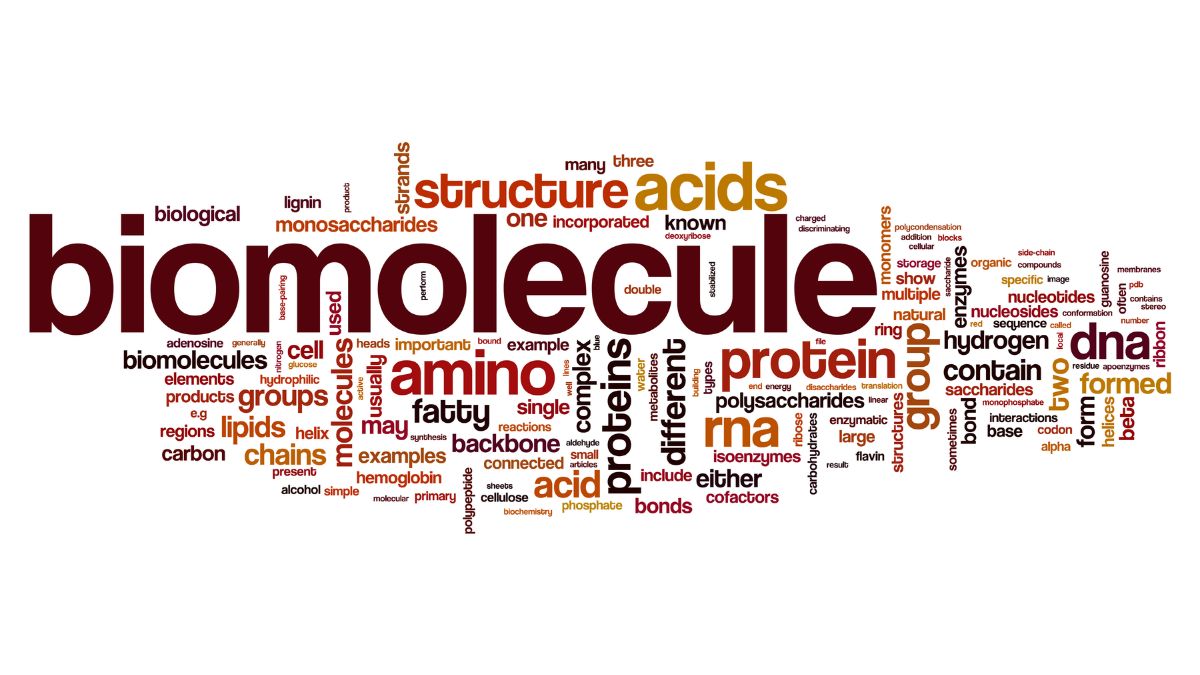




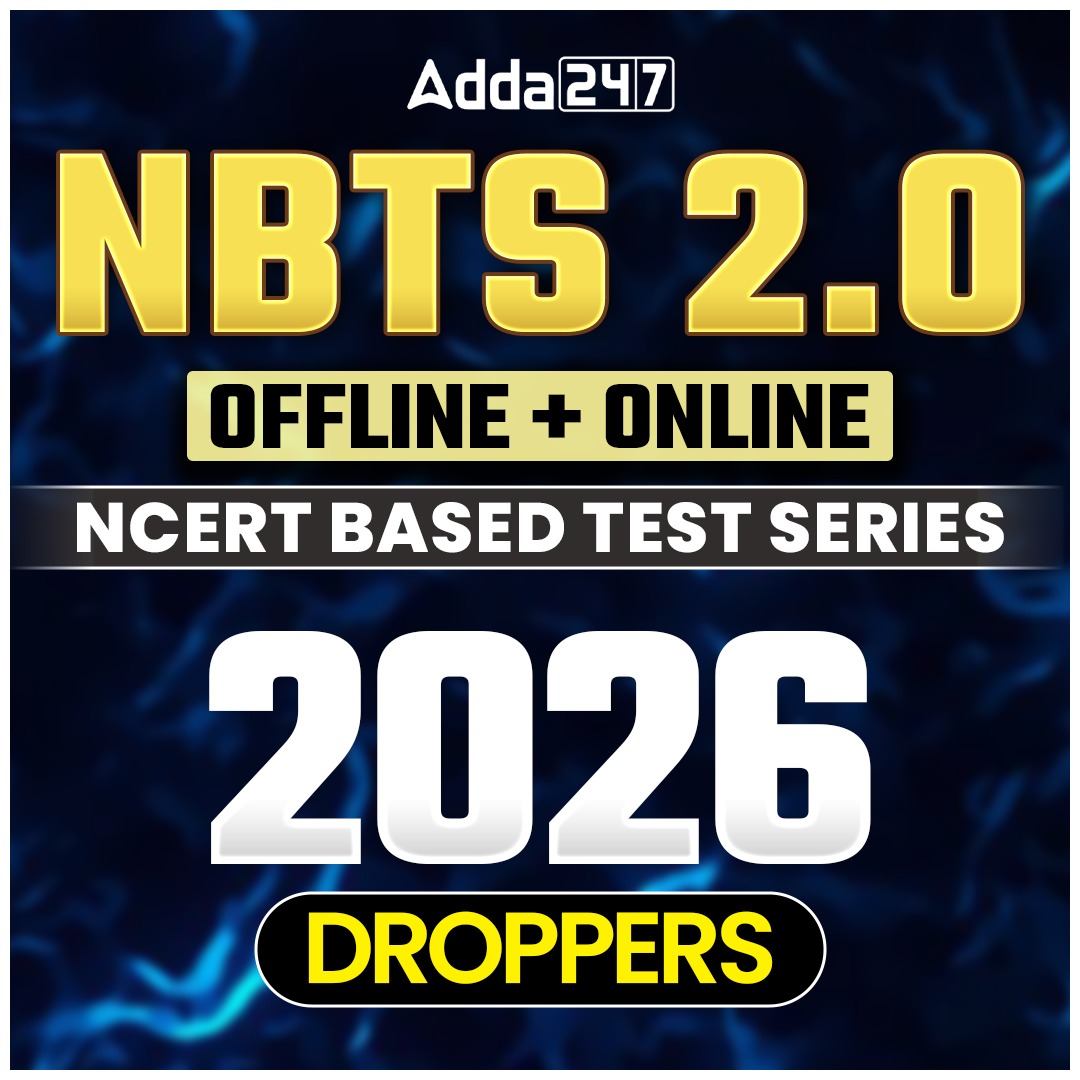

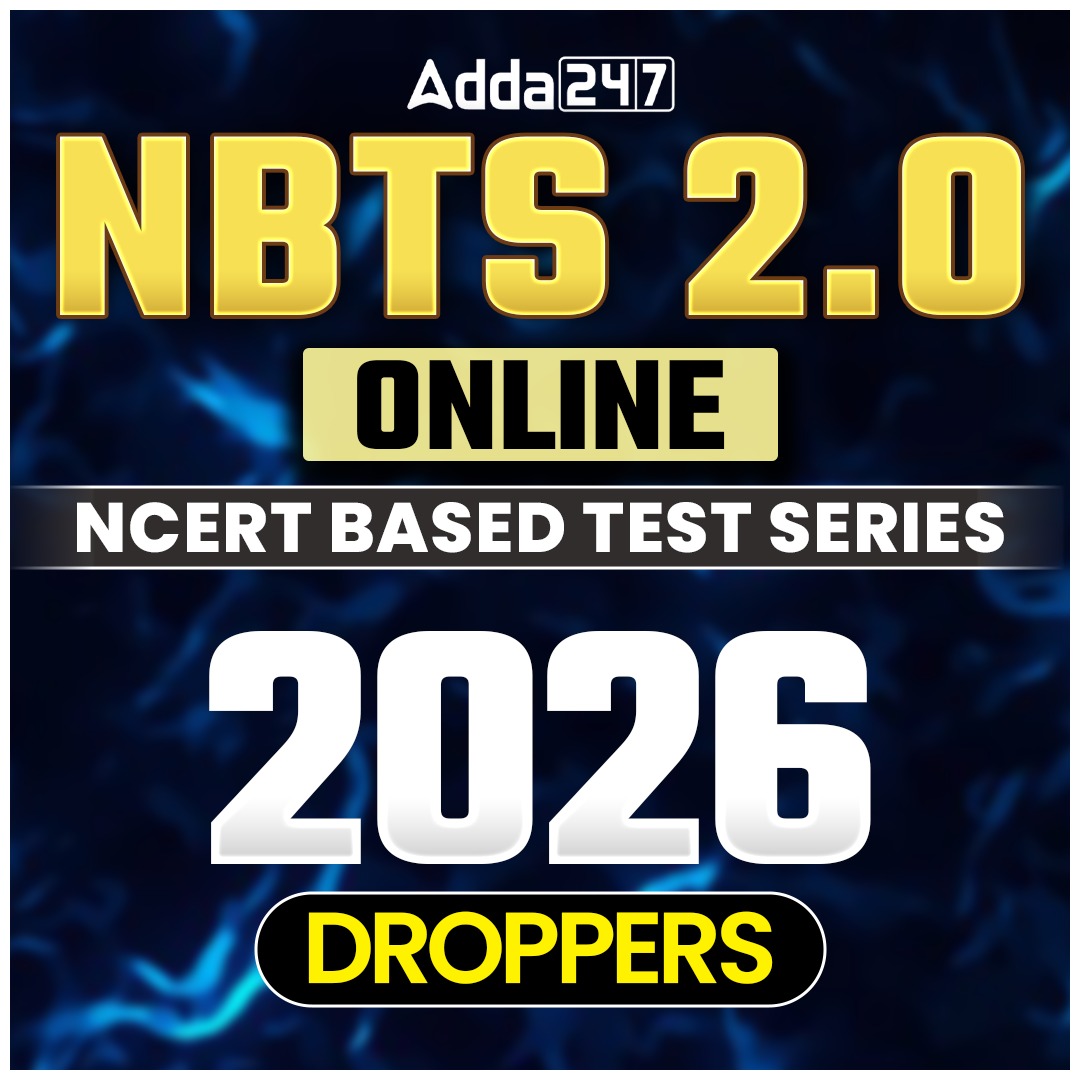
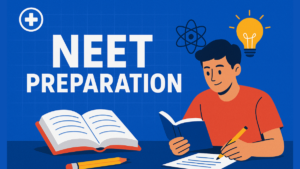 NEET Preparation Strategy 2026: Detailed...
NEET Preparation Strategy 2026: Detailed...
 Free NEET Sample Papers 2026 PDF | Downl...
Free NEET Sample Papers 2026 PDF | Downl...
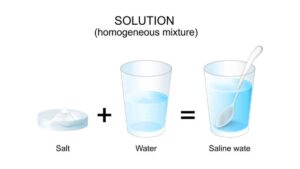 Salt Analysis NEET Notes, Check Importan...
Salt Analysis NEET Notes, Check Importan...
